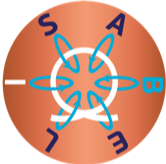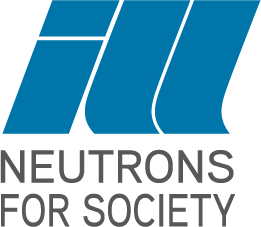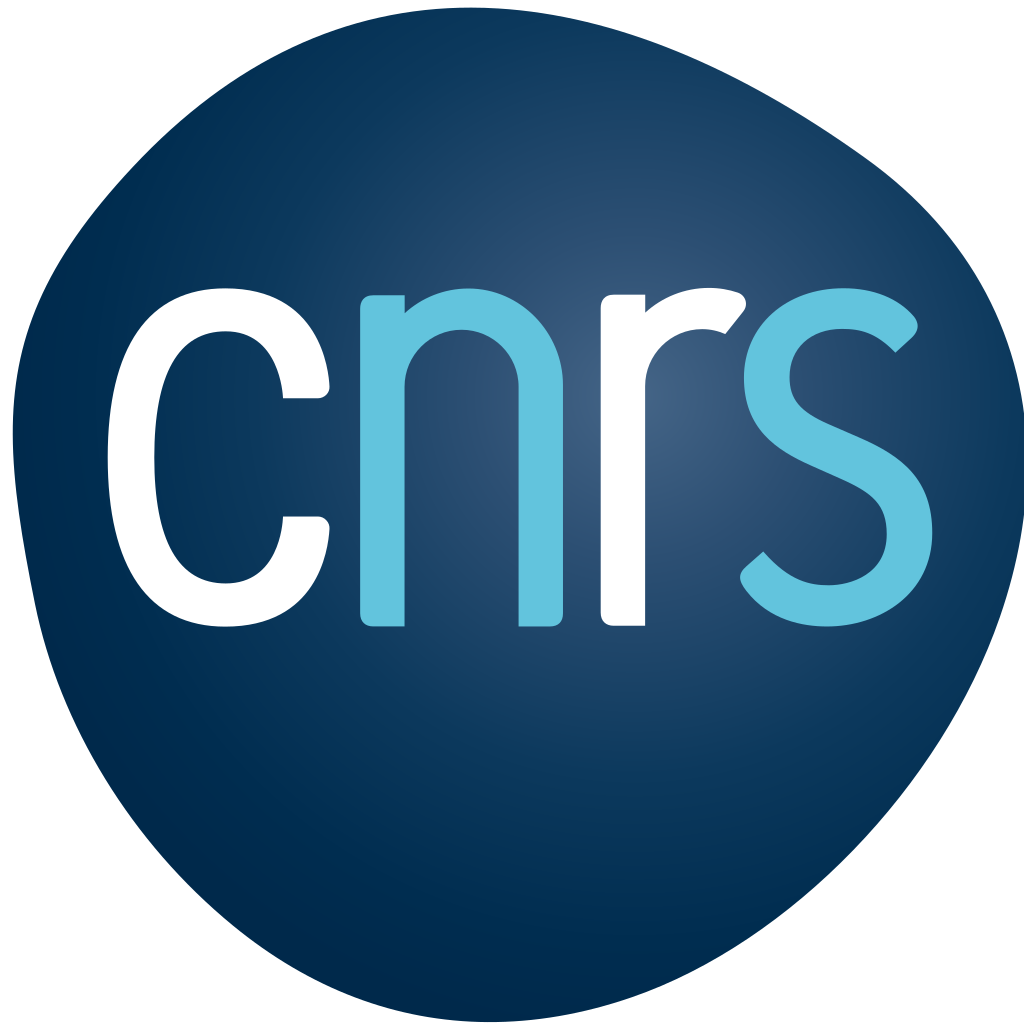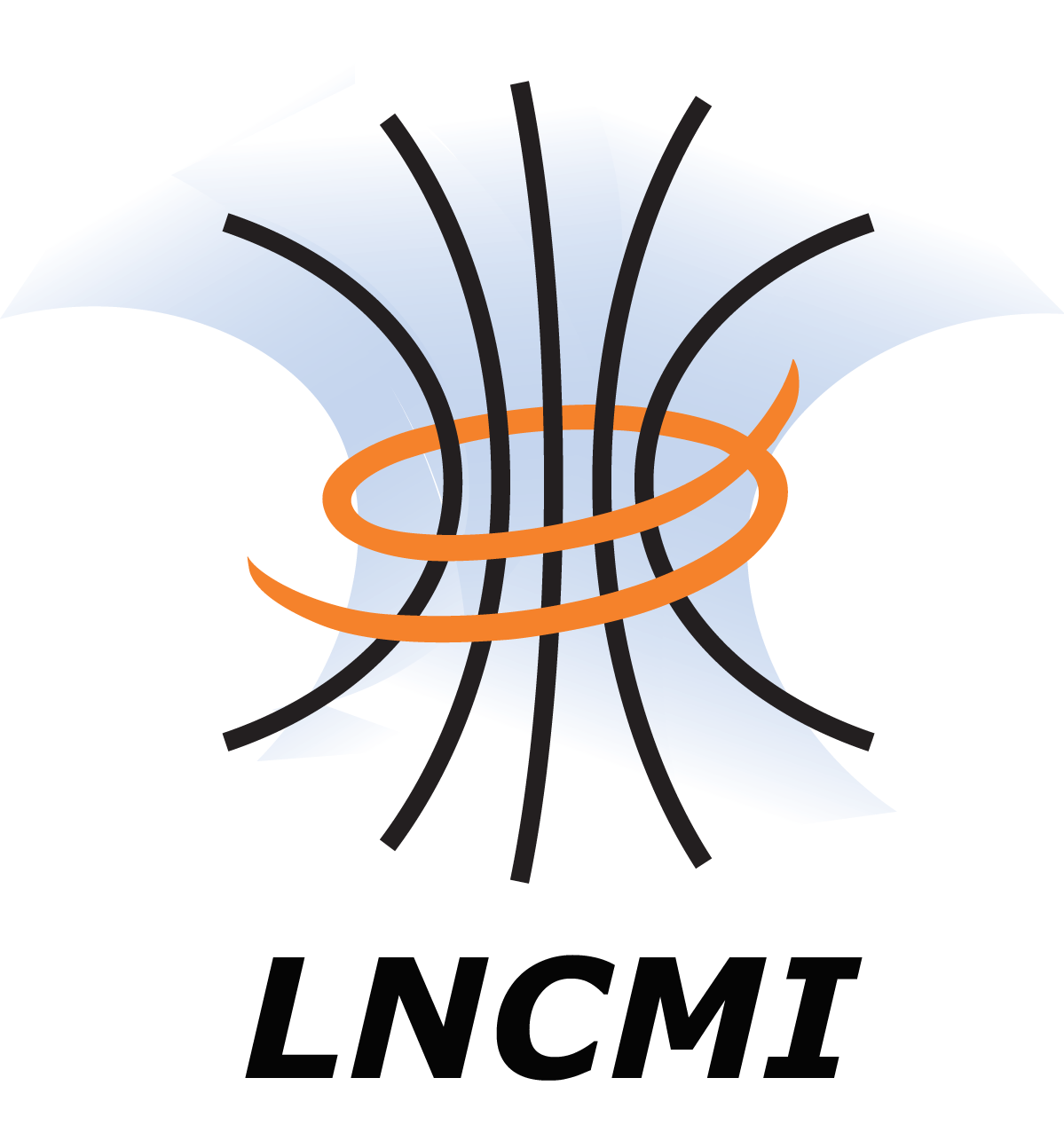 |
 |
|
|
In response to the H2020 call INFRADEV-03-2018-2019, the ISABEL proposal was submitted in March 2019 and was finally accepted in March 2020. The principal goal of this project is to ensure the long-term sustainability of the European Magnetic Field Laboratory and define a roadmap for its future development. |
The Institut Laue-Langevin is an international research centre at the leading edge of neutron science and technology. As the world’s flagship centre for neutron science, the ILL makes its facilities and expertise available to visiting scientists. |
|
| This project has received funding from the European Union’s Horizon 2020 research and innovation programme under grant agreement No 871106. | ||
Partners



